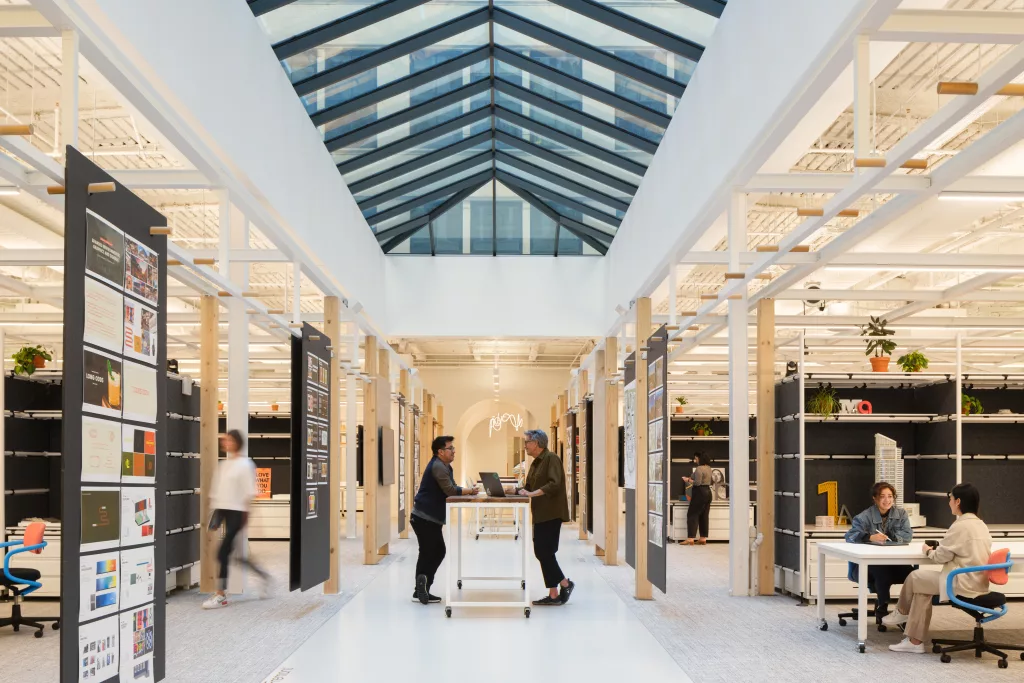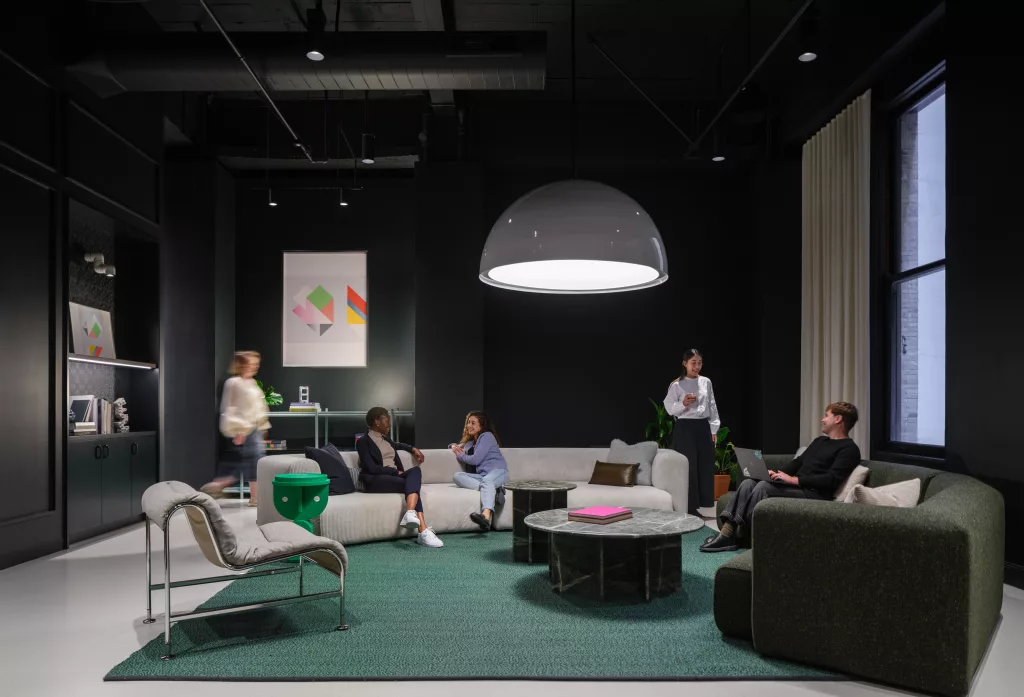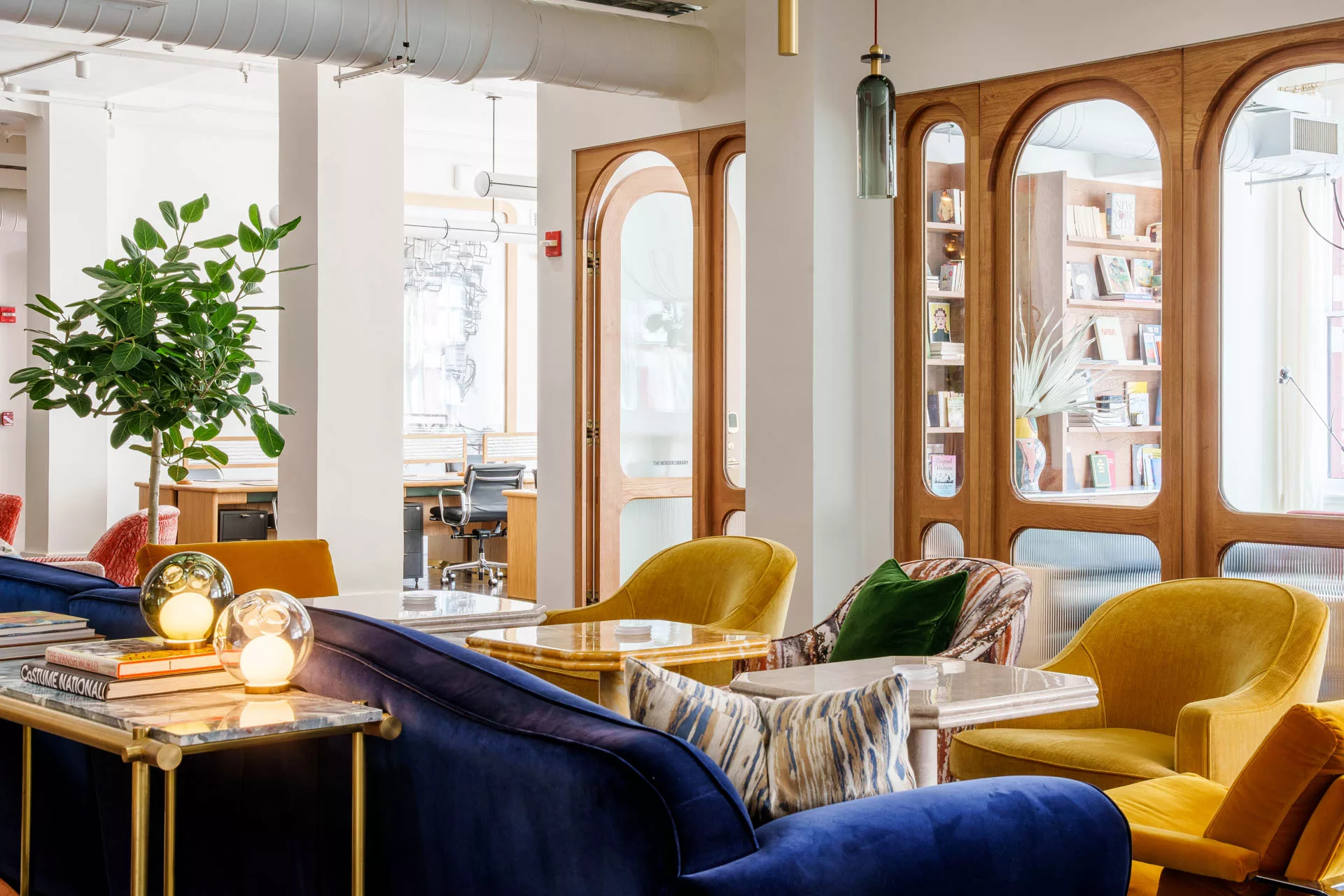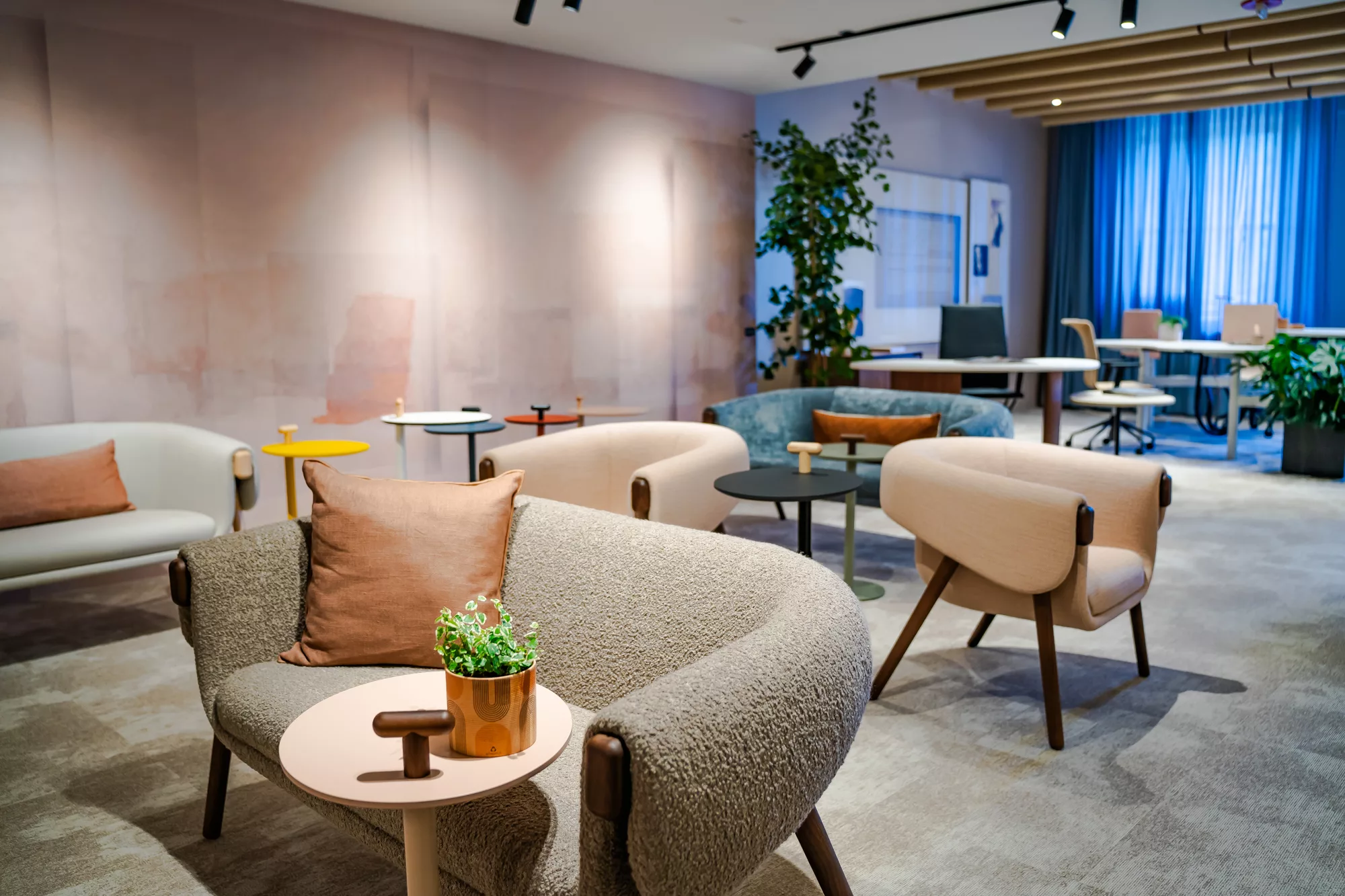Neurodiversity diagnoses are on the rise. Here’s how your workplace can embrace those who think, learn and behave differently.
The number of people who identify as neurodiverse is on the rise, and employers are paying attention.
They’re actively seeking to understand and accommodate for the neurodiverse, or those who interact, think, process and absorb information differently and can have a wide range of conditions, whether it’s ADHD, dyslexia or various autistic spectrum diagnoses.
“It has become pretty big in the past few years,” says Dan Schawbel, managing partner at Workplace Intelligence, a workplace research firm. About 15% to 20% of adults identify as neurodiverse. That’s especially true for Generation Z encompassing those born between 1996 and 2012. As many as 53% of Gen Zers identify as neurodiverse.
Employers are desperately seeking to hire them amid a tight labor market, but also because such people may have a unique kind of creativity or perhaps keen observational skills. In fact, teams with neurodiverse individuals may be 30% more productive, according to research by Deloitte.
Yet they’re not always happy in their jobs: 51% of neurodiverse people say they want to quit their job because they don’t feel supported. Yet three quarters of neurodiverse individuals don’t reveal their disability because they worry that it will impact their career or make them feel different.
“Fear has been holding back advancement,” says Melissa Danielsen, cofounder of Joshin, a Minneapolis software platform for neurodivergent workplace support. “If leadership can open up the conversation about neurodiversity it can change a cultural dynamic pretty quickly, driving self-disclosure, vulnerability and psychological safety.”
So how do you create a more inclusive workplace for neurodiverse workers?
Start with the Interview.

Employers are rethinking their hiring processes to ensure they’re inclusive of the neurodiverse. This typically means more skills assessments rather than too much emphasis on a face-to-face or Zoom interview. People can perform a task or work on a real-world problem to showcase their strengths and in a different format. This works especially well for autistic candidates whose strengths may not be social interactions.

Modern Office Design Means Designing for the Neurodiverse.
Neurodiverse design may be the future of design, says Greg Gallimore, a director at Gensler, a global design and architecture firm headquartered in San Francisco.
“The future of work is accommodating and engaging for all types of people,” he says.
That means offering a variety of places that people can work, depending on their sensitivity or needs. That could be bright white spaces for more activity to stimulate work. Or, it could be safer, smaller, darker spaces that offer a feeling of safety, and a variety of meeting spaces. Gallimore also recommends having a variety of meeting spaces, whether it’s two- to three-person rooms or smaller, more contained one-person phonebooths. While hot desking is popular, some experts suggest offering some assigned desks to those who want them, because packing up items and moving from one desk to home to another desk can be overwhelming to some neurodiverse individuals.

Texture and color also matters. Simplicity is best, says Gallimore. He recommends avoiding rough textures and high contrast repeating patterns on floors and walls, which can be intense to an autistic individual. Bold colors are fine but just ensure there’s a solidity to them. “Floors are really important because they give you a sense of stability,” he says.
Design Hybrid Office Spaces to be Inclusive.
At Gensler, Gallimore has spent a lot of time designing hybrid meeting spaces that use technology to ensure that everyone, including neurodiverse employees, can feel included in the flow of the meeting. This means including multiple cameras in the space, not to be invasive but to enable people at home to feel more at ease and engaged.
Multiple shots and cross shots, multiple microphones and zooming in on speakers lets people track the conversation easier as opposed to a typical single camera in a standard conference room.

Wes Hicks, Unsplash.
Lean on Neurodiverse Technology Tools.
Because everyone consumes, processes and handles information differently, experts suggest tapping tech tools to even the playing field in the workplace. There are new tools popping up to support the neurodiverse, including one app called Bionic Reading that lets people move through text and stay focused using a typeface that bolds the first few letters of words. Other ways to support individuals could be subtitles on Zoom calls, meeting transcriptions, or speech-to-text tools. Some neurodiverse individuals prefer bullet points rather than long text messages and clarification when the topic of an email changes in a long email chain.
Offer Neurodiverse Mentorship and Coaching.
Danielsen’s startup, Joshin, launched its software platform in 2020 so that neurodiverse employees could get anonymous coaching and support on things like executive functioning and managing their career and accommodations at work. Managers can also get training and coaching on how to best support their employees and caregivers can get access to resources. The platform is now used by Best Buy and Boston Scientific, which receive anonymous data on the makeup of their workforce.
Provide Flexible Work Schedules for Neurodiverse Minds.
Just as people process information differently, they also work best at different times of the day. Gallimore points to research on chronotypes, which like neurodiversity, looks at how our body rhythms, thinking style and energy levels shift throughout the day.
“It’s proven that this is kind of hard-coded in our genes,” says Gallimore. “So we have to think about how people have different rhythms, different peaks and valleys of creativity and socialization and energy throughout the day and we should be mindful and adaptive to them.”
Celebrate the Differences of ADD, Dyslexia and More.
While most neurodiverse individuals prefer to keep quiet about their disabilities, some are embracing them. That includes Gil Gershoni, founder of the San Francisco branding agency, Gershoni Creative.
Gershoni, 52, spent years covering up his dyslexia until eventually he realized all of his strengths were due to his disorder. He touts a photographic memory and an ability to see unrelated concepts, patterns, and think more creatively. His entire 15-person team is neurodiverse and he uses dyslexic thinking as part of his firm’s branding.
“Because of my dyslexia, I understand more than what appears to the eye,” Gershoni says. “I can understand what they’re trying to say with the choice of their words, their body language, and how they choose to move through the world.”
Gershoni hopes that more neurodiverse people will follow suit and embrace their differences at work. “The one thing we need more in this day and time is more people who look at the world differently to solve the same old problems in new ways.”


